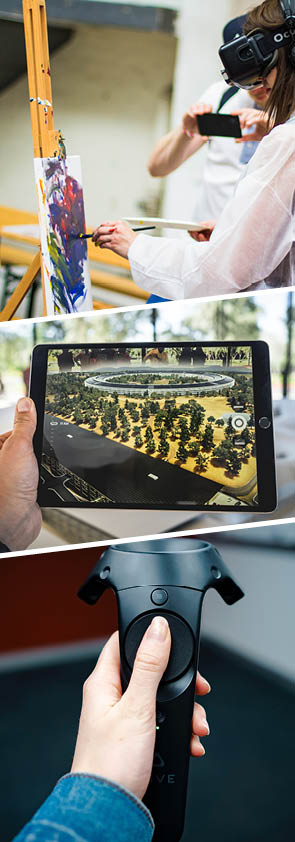The new technologies of the future are here. Virtual reality (VR), Augmented reality (AR), and voice-enabled gadgets, to name a few, are all ready to take their place in marketing. With anything new, some resistance is expected, but studies are showing that the winds are in favor of these technologies. So, whether you like or not, the question will be; how will these technologies affect the way we reach and interact with consumers?
Consumer Impact
One cannot deny the avenues of creative communication that these technologies like AR will open. Communications between brand and consumer will be enhanced, as more layers of dimension are added in the marketing of products. For example, through AR, IKEA launched an app that allowed users to scan their rooms and select IKEA inventory to be placed virtually in the location of their choosing. Now imagine yourself looking for a new desk or lamp and sorting through their collection and seeing it on your desk right away. What sort of pleasure and benefit are you deriving? Will you tell your friends about how cool it is to be customizing your spaces at this new level? For brands, this translates to higher engagement, as users spend more time in IKEA's application building more rapport. That in itself translates to customer loyalty and brand advocacy.
These huge returns on investments are acquired by leveraging the features of a single AR app. Before, customers would have to go into the store to see products contextually, but that experience can now be delivered directly to their mobile devices. Another example could involve enhancing the experience of ordering food at home, or in restaurants. Imagine, for example, an app that interacts with a food menu and enables you to see every dish, live on your plate. It will be small things like this that turn common interactions into remarkable experiences.
Impact On Industries
Fortune favors the bold. And the brands that know how to integrate new technologies and create better interactions with their customers will gain an edge over those who don't. In a study done by the Zion Market Research Report, the virtual reality market was valued at approximately $2 billion in 2016, and the market is expected to reach $26.8 billion by 2022. This illustrates the tremendous growth in value for these technologies and how they will become mainstream sooner than we think. With consumers being exposed to new standards and precedents set by VR and AR, businesses and marketers will have to both adapt to, and understand the technology well enough to enable them to get creative and provide features and experiences that will make consumers return to engage with given products.
Like Darwin said, "It is not the strongest species that survive, nor the most intelligent, but the ones most responsive to change." Given that these new technologies will soon become standard, it is in the best interest of all marketers to adapt and stay on the forefront of these emerging technologies.

